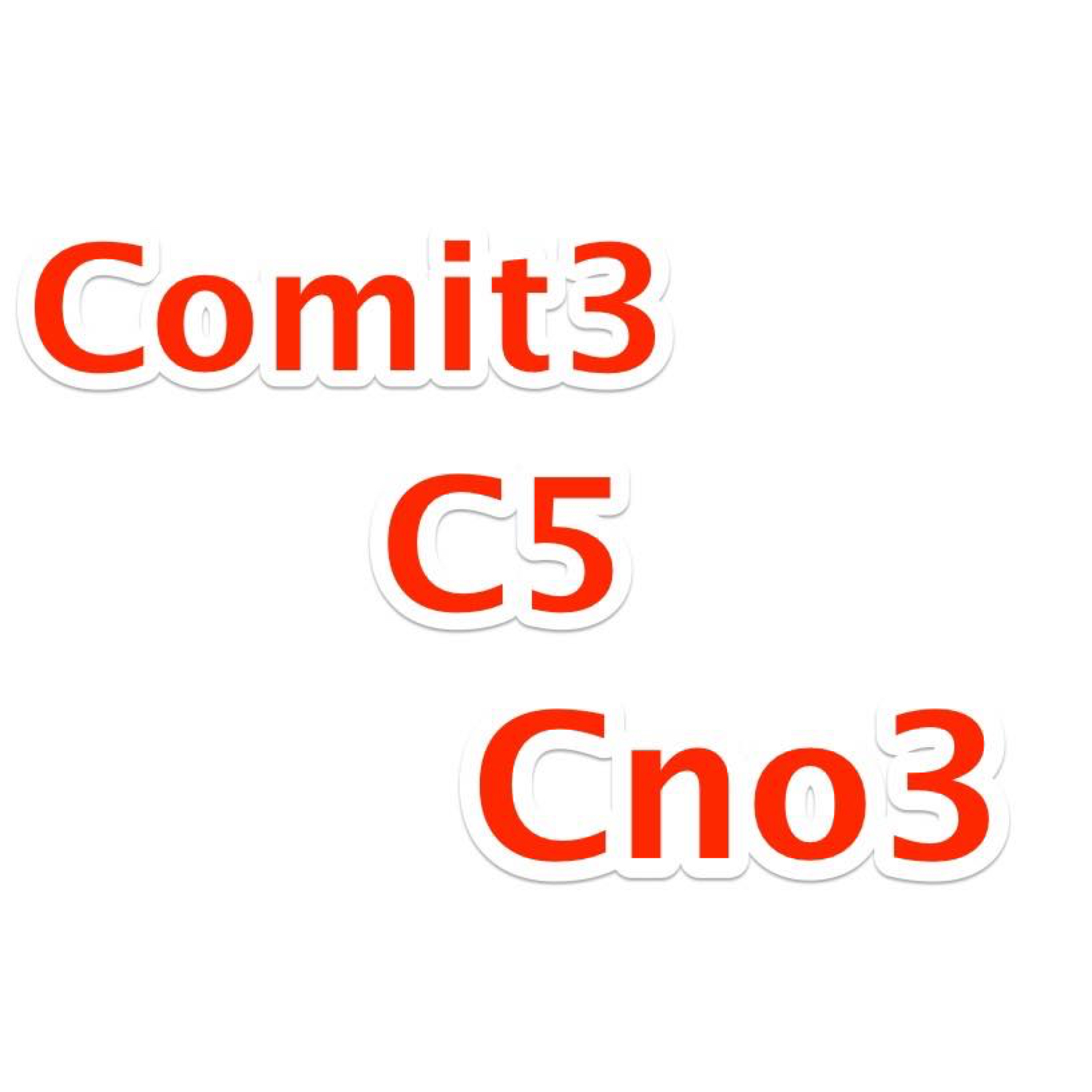-
-
We're having a little contest, running until 15th May. Please feel free to enter - see the thread in the "I Did That" section of the forum. Don't be shy, have a go!
You are using an out of date browser. It may not display this or other websites correctly.
You should upgrade or use an alternative browser.
You should upgrade or use an alternative browser.
What is "omit3"?
- Thread starter knobby
- Start date
- Status
- Not open for further replies.
I think that means no thirds, so called "power chords" that are just the root and the fifth (and arguably aren't chords as such.) Some diatonic boxes have an "omit thirds" stop on the bass end, I've not heard of such a thing on Stradella chords so it's a matter of doing something else.
...If I'm right as to what it means...
...If I'm right as to what it means...
embers
Member
Found this article with the focus on "omit3." And it agrees with TomBR's post:

 sleepfreaks-dtm.com
sleepfreaks-dtm.com

Omitting Notes / Music Theory Lesson
This time, in continuation of sus chords, we will be taking a look at the idea behind "omitting" notes. This is incredibly useful knowledge when giving chord charts to session players as well. The word "Omit" refers to removing or leaving out something. Therefore, we will "omit" something from...
Interesting. I've seen guitar notation that says "G5" for a G power chord, like TomBR mentioned. Maybe they are going for a specific tone in the bass here (not an absence of major or minor) since the 'B' that they are omitting pops up quit a bit in the melody?
You can POWERCHORD it by playing bass notes GD together for the Gomit3.
FC together and pulse the G for Fomit3/G
F/G is F chord with G bass note
Hope that helps... Get ready to rock... ?
FC together and pulse the G for Fomit3/G
F/G is F chord with G bass note
Hope that helps... Get ready to rock... ?
Oh well ... way too complicated for me 
Dingo40
Been here for ages!
Same here, but thanks: well explained!??
Last edited:
Like Terry says.You can POWERCHORD it by playing bass notes GD together for the Gomit3.
FC together and pulse the G for Fomit3/G
F/G is F chord with G bass note
Hope that helps... Get ready to rock... ?
I think that if using two bass notes one would need the lightest possible bass registration. Two growly bass notes together are rarely nice!
“She moved through the fair”What song is it?
She Moved Through the Fair (Irish trad.) Sheet music for Accordion - 8notes.com
Trad. She Moved Through the Fair (Irish trad.) Sheet music for Accordion - 8notes.com
 www.8notes.com
www.8notes.com
JeffJetton
Prolific poster
That flat has gotta be a typo. An E minor chord surely fits better there.I'm curious about the E natural, D natural and B natural melody line over the Eb minor chord in bar 31 and 36.
JeffJetton
Prolific poster
This is one of the times you can usually get away with playing two bass notes. Since they're a fifth apart, the upper harmonics match up nicely rather than clash with each other.Like Terry says.
I think that if using two bass notes one would need the lightest possible bass registration. Two growly bass notes together are rarely nice!
Which is also why power chords sound great (and not annoyingly muddy) on the lower strings of a heavily-distorted guitar:
Here's a trick for you TomBR if you'd like to dabble with 2 bass notes...
Play bass notes C and G together with pinkie and ring finger, Hit two beats phonetically (Sounds as Mummy)
Then play notes C with pinkie and A with index finger, Hit two beats phonetically (sounds as Daddy)
Now repeat... Mummy Daddy, mummy daddy etc...... Swing a little....
Man you're playing the blues...... ?
Play bass notes C and G together with pinkie and ring finger, Hit two beats phonetically (Sounds as Mummy)
Then play notes C with pinkie and A with index finger, Hit two beats phonetically (sounds as Daddy)
Now repeat... Mummy Daddy, mummy daddy etc...... Swing a little....
Man you're playing the blues...... ?
JeffJetton
Prolific poster
I think I've seen a video with Dick Contino (or someone like that) doing this riff. Although I believe he was using the A bass button that's counterbass to F, which makes the fingering 3 & 2 on the C & G, then 4 & 3 on the A & C.Here's a trick for you TomBR if you'd like to dabble with 2 bass notes...
Play bass notes C and G together with pinkie and ring finger, Hit two beats phonetically (Sounds as Mummy)
Then play notes C with pinkie and A with index finger, Hit two beats phonetically (sounds as Daddy)
Now repeat... Mummy Daddy, mummy daddy etc...... Swing a little....
Man you're playing the blues...... ?
Thanks Terry, good fun!Here's a trick for you TomBR if you'd like to dabble with 2 bass notes...
Play bass notes C and G together with pinkie and ring finger, Hit two beats phonetically (Sounds as Mummy)
Then play notes C with pinkie and A with index finger, Hit two beats phonetically (sounds as Daddy)
Now repeat... Mummy Daddy, mummy daddy etc...... Swing a little....
Man you're playing the blues...... ?
- Status
- Not open for further replies.

